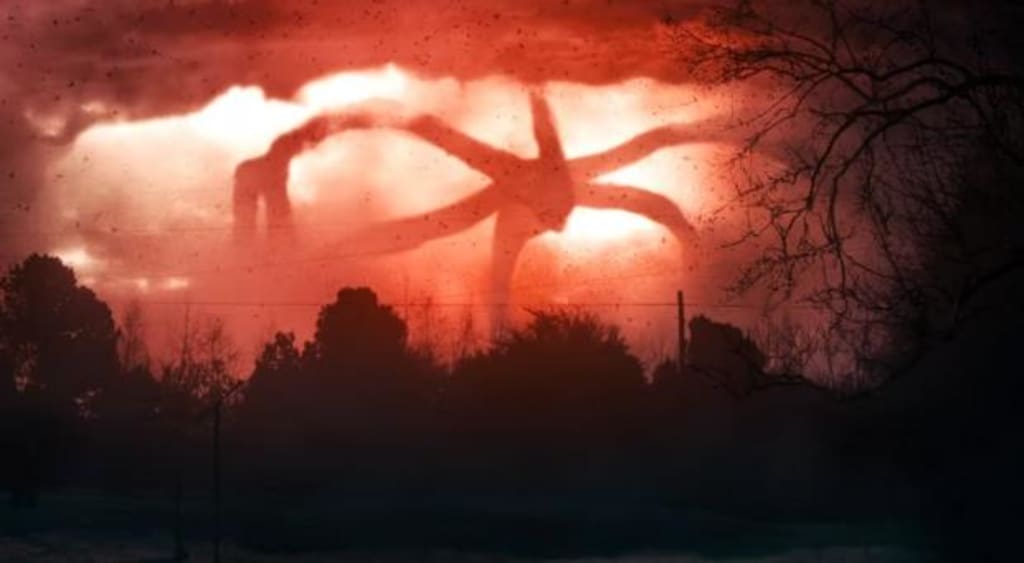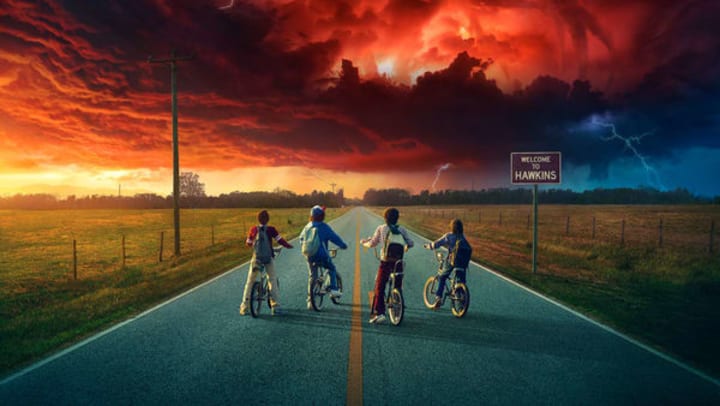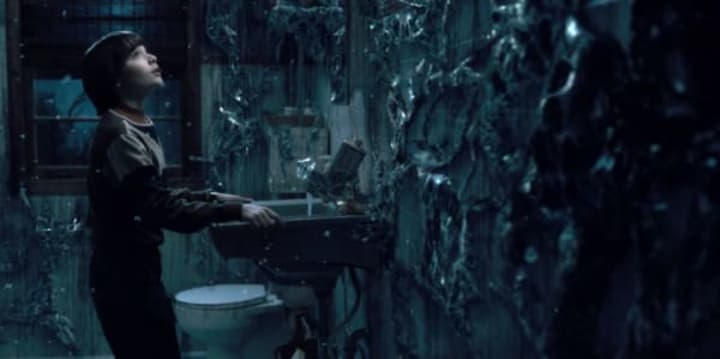The Parallel World In 'Stranger Things' Isn't As Crazy As It Sounds — Science Explains
How plausible is the Upside-Down? It's actually not as crazy as it sounds — here's why!

Stranger Things is set to return for a second season this October, and fans are already buzzing with excitement. The first season, which proved to be a huge hit for Netflix, is set in 1980s Hawkins, Indiana, and covers the mysterious disappearance of a boy named Will. Those who set out to find him end up uncovering top secret government experiments and discover supernatural forces at play. A rip in time and space has created a gateway between Earth and a parallel world, dubbed the Upside-Down. This world is like a warped mirror reflection of Earth, filled with desolation and decay and populated by terrifying, monster-like creatures.
But just how plausible is the Upside-Down? It's actually not as crazy as it sounds — here's why!
How Does Stranger Things Explain It?
In the show, Will's friends turn to their high school science teacher, Mr. Clarke, for an explanation. Clarke uses the analogy of a tightrope as their dimension, and humans are represented as acrobats. An acrobat is limited to walking forwards and backwards along the rope, and therefore limited to the three dimensions that we know. A flea, however has the ability to fly 360 degrees around the tightrope, gaining access to alternate dimensions.
For the acrobat to gain physical access to other dimensions, an immense amount of energy — more than is currently achievable by humans — must be created to open a tear in time and space. This creates a portal to the other dimensions. In the show, the gateway has already opened thanks to Eleven, who possesses extraordinary abilities, including being able to tap into energy fields. The characters also live close to Hawkins Electric Plant as way of justifying this part of the explanation.
What about the tightrope analogy — does this explanation have any scientific studies to back it up? Yes: string theory.

'Stranger Things' [Credit: Netflix]
What Is String Theory?
Although scientists are unable to prove string theory, it has yet to be disproved and continues to bear weight among scientists.
To put it simply: Matter as we know it is attributed to being created by the subatomic particles of protons, neutrons and electrons. However, string theory proposes that these subatomic particles don't exist. Instead, the idea is that they are tiny, vibrating pieces of string, too microscopic to currently be observed.
Each of these pieces of string can be open, or closed in a loop. The vibrations of the string correspond with the particles, determining the particle's size and mass. Einstein's Theory Of General Relativity tells us that there is a relationship between energy (or vibrational frequency) and mass.
One of the things about string theory is that it requires extra dimensions free of mathematical anomalies. Initially, scientists added an extra six dimensions to the known four. However, string theorists came up with several theories that all seemed to be accurate. When they added an eleventh dimension, however, this mathematically explained all of the apparently different theories as simply being aspects of the same one: M-theory.
The eleventh dimension predicts a new kind of string, stretched infinitely long. This creates a floating membrane, or brane. M-theory also suggests that infinite branes exist, each supporting a separate but parallel universe, i.e. the Upside-Down.

'Stranger Things' [Credit: Netflix]
Parallel Universes
The more scientific knowledge of space is developed, the more likely a multiverse seems. The idea is that the cosmos might just contain multiple — even infinite — universes. These realms exist alongside dimensions beyond what human senses are currently capable of perceiving.
Something that has cosmologists talking is a currently unexplained Cold Spot discovered in our universe. In this study, one of the authors, Professor Tom Shanks of Durham University, told The UK's Royal Astronomical Society that the Cold Spot could potentially have been formed "by a collision between our universe and a bubble universe." He continues, "If further, more detailed analysis...proves this to be the case then the Cold Spot might be taken as the first evidence for the multiverse."
Theoretically, if it were humanly possible (as demonstrated by Eleven) to have the power to perceive other dimensions, maybe this, in turn, would allow access to potential gateways into these parallel worlds. Maybe one of them is an Upside-Down Earth.
Stranger Things Season 2
Knowing that the Upside-Down is disturbingly less ridiculous than it initially seems puts a whole new spin on #StrangerThings. The alien-like monsters glimpsed in the trailer for Season 2 suddenly seem a little more threatening, while flickering lights become harder to ignore.
About the Creator
Rebecca Keane
Arts student. Aspiring writer. Avid reader. Film and TV show enthusiast. Follow me on twitter @RebeccaK1178






Comments
There are no comments for this story
Be the first to respond and start the conversation.